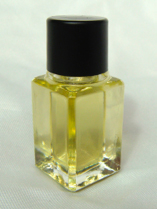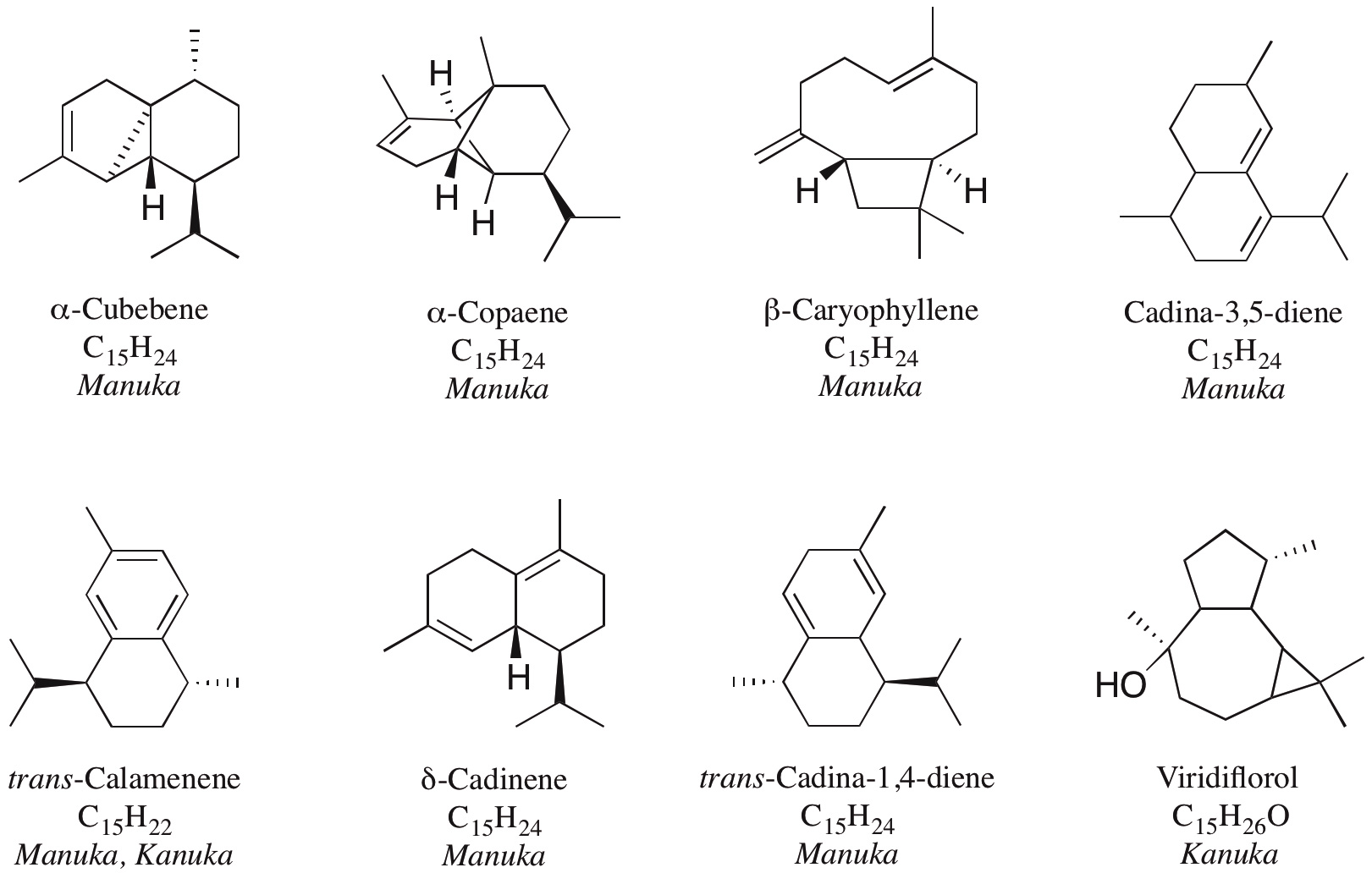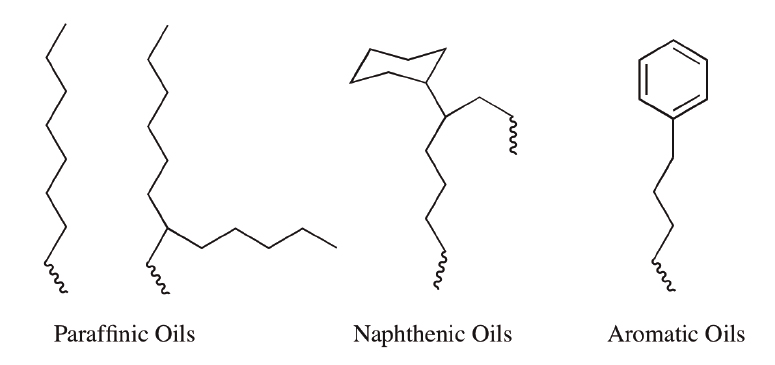Manuka Essential Oil

Figure 1: Manuka Essential Oil (Leptospermum scoparium)
Essential oils have a long history, dating back from ancient times, helping many aliments whether it was to alleviate or cure symptoms, or just to improve one's quality of life. Modern science shows that essential oils truly do have these properties (beyond that of just the placebo effect).10,11–13
The essential oil extracted from the Manuka plant in New Zealand (via steam distillation) has been shown to have exceptional scientific pharmacological efficacy. These oils differ significantly in chemical composition and properties to Manuka harvested from other geographic locations16,17,18,19. More specifically, oil extracted from Manuka growing in the East Cape region is very high in unique natural chemical compounds known as ß-triketones (25-35%), as well as sesquiterpenes while having almost no monoterpenes.
Manuka from most other areas of New Zealand have extremely low levels of Manuka ß-triketones (MBTK™, below 10%). Scientific research on East Cape, NZ, Manuka oil (MßTK™ > 20%) is showing it has very unique and superior antimicrobial properties (amongst many others) compared with oil sourced from other geographic regions within New Zealand; attributed primarily to the high ß-triketone content. In particular, very strong antibacterial (against Gram-positive bacteria), antiviral and anti-parasitic activity.
Today, microbial (bacterial, fungal, viral, parasitic, etc) infections and their treatment with natural alternatives, are at the forefront of moden research. This is especially important in current times due to the indiscriminate use of broad spectrum antibiotics and germicides that has resulted in the fast emergence of numerous multi-drug-resistant microbes that are extremely difficult to treat and cure (even non-resistant normal symbiotic bacteria can pose quite a risk to people when they infect other areas of the body where they are not part of the normal bacterial flora). This is extremely serious in immuno-compromised people (humans & animals).
Unfortunately the use of these broad spectrum germicides and antibiotics results in the elimination of the healthy symbiotic populations of bacteria leaving the individual susceptible to drug resistant pathogenic species, alongside the loss of natural immunity. An example is the Gram-positive methicillin-resistant Staphylococcus aureus (MRSA) associated with flesh eating bacterial infections.
Manuka Essential Oil Chemistry
Essential oils are generally complex mixtures of biologically active, secondary plant, metabolite molecules. Manuka essential oils are obtained via steam distillation of the leaf and twig (aerial) material to give the oil, which on separation from the condensed distillate gives a complex mixture of volatile, semi-volatile and slightly-volatile oil components with greater than 100 individual chemical components. The majority of the chemical components (molecules) that constitute Manuka essential oils, and other essential oils, are terpenoids20,21; namely monoterpenes (C10 terpenoids), sesquiterpenes (C15 terpenoids) including oxygenated hydroxyl and carbonyl derivatives (aldehydes, alcohols and esters).
Terpenoids
Terpenoids are the largest class of natural products. Terpenes have a variety of roles in mediating antagonistic and beneficial interactions among organisms. They defend many species of plants, animals and micro-organisms against predators, pathogens and competitors, and they are involved in conveying messages to conspecifics and mutualists regarding the presence of food, mates and enemies21.
Monoterpenes
Monoterpenes are the most volatile compounds in essential oils. There are many C10 monoterpenes commonly present in essential oils all in varying quantities. As an example the main monoterpenes found in Manuka, Kanuka and Australian Tea Tree Oil (TTO) are shown in Figure 2. The levels of α-pinene in Manuka oil can range from below 3% for East Cape Manuka oil to greater than 40% in other areas of New Zealand, and is the predominant compound found in Kanuka oils (> 55%). As a comparison Australian TTO is predominately terpinen-4-ol (30 – 48%) and γ-terpinene (10 – 28%).

Figure 2: Monoterpenes found in Manuka, Kanuka & TTO (Principal components in RED)
Sesquiterpenes
A vast myriad of sesquiterpenes compounds are found in essential oils. These C15 compounds have complex structures and stereochemistry with many interesting bioactive properties including health-related, insect pheromone attractants and repellents, as well as high-priced perfumery ingredients. A rich mixture of sesquiterpenes collectively attribute to the majority of compounds that East Cape Manuka oil is composed of (≈ 70%). Shown below (Figure 3) is the principle compounds found in Manuka and a couple found in Kanuka.

Figure 3: Sesquiterpenes found in Manuka & Kanuka
β-Triketones
Genuine East Cape Manuka oil is remarkably high in another group of compounds known as ß-triketones. In general, Manuka oils from different geographic locations around New Zealand can be simplified into 3 basic chemo-type groups based on the ratio of the monoterpenes:sesquiterpenes:ß-triketones16,18,22. Further chemo-type groupings can be defined based on individual compounds within the oil.19
β-triketones are important due to their unique antimicrobial properties (not present or only in very low levels in non-East Cape Manuka oils). Kanuka and Tea Tree Oil do not have β-triketones. The main β-triketones found in steam distilled, East Cape Manuka oil are leptospermone, isoleptospermone, flavesone and smaller amounts of grandiflorone, validated by GC-FID/MS analytical methods (Figure 4).

Figure 4: β-Triketones in Manuka oil
β-triketones have been found to have strong antimicrobial properties on their own, along with natural herbicidal efficacy. β-triketones undergo keto-enol tautomerism were the following structures are in equilibrium with each other (Figure 5). UV-vis & IR spectroscopy, NMR spectra and the monobasic acid properties advocates the enol structures B, C or D are the predominant forms of these compounds23,24,25,26.

Figure 5: Keto-enol tautomerism of β-triketones
Essential oils are NOT chemically the same as…
Petroleum and Mineral oils.
These oils are generally mixtures of straight & branched paraffin’s alkanes (25–52 carbon atoms long) and smaller amounts of alkyl naphthenic and aromatic hydrocarbons.

Nut/seed/vegetable/animal oils.
These are predominately lipid fat triglycerides. Example below showing saturated (palmitic), unsaturated (oleic) & polyunsaturated (a-linolenic) side chains on the triglyceride.

